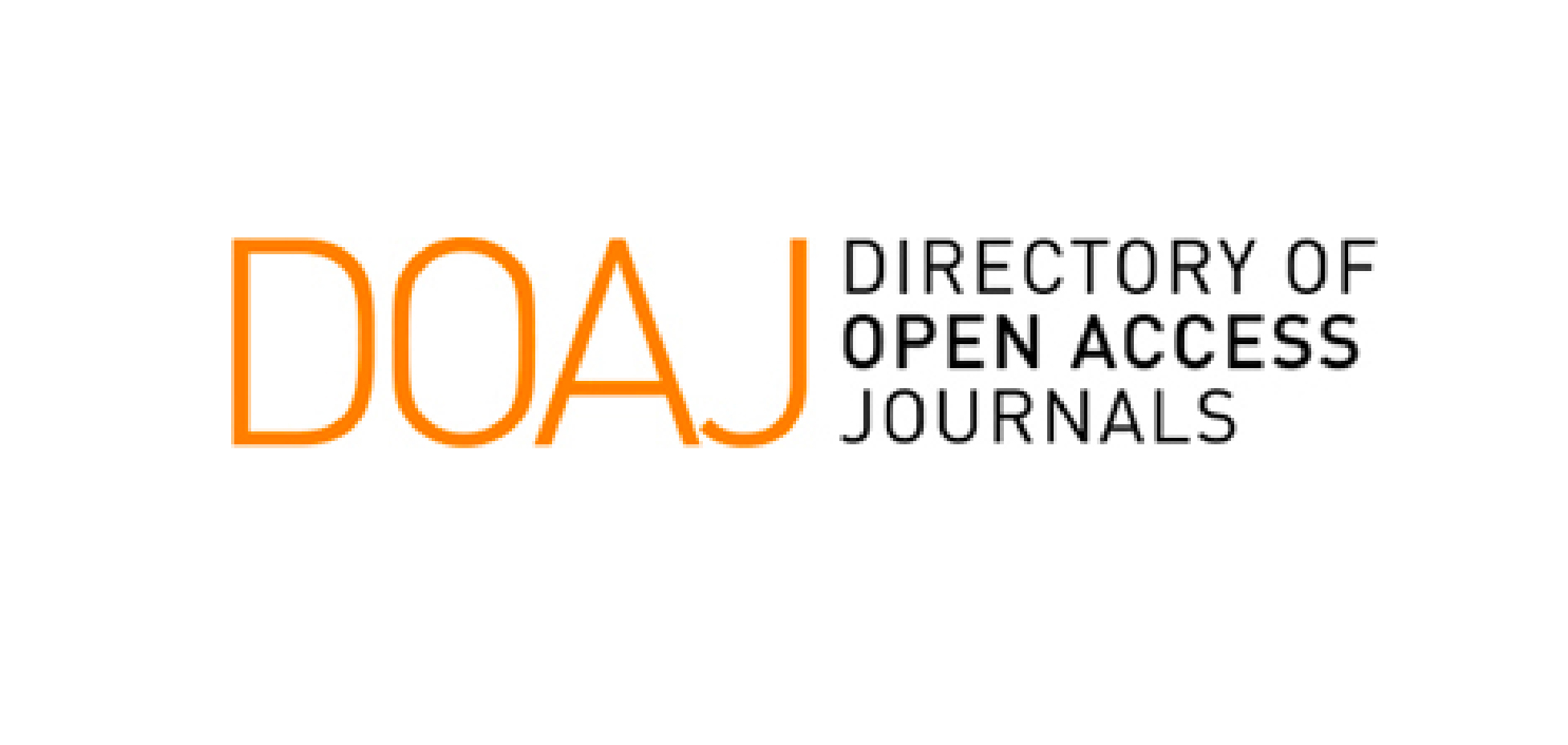Segmentation Analysis of Students in X Course with RFM Model and Clustering
Abstract
In the business world, the competition to maintain and obtain more customers has become tougher. The presence of new players entering the market is driven by the developments of internet and advertisement. The X guitar course is an institution engaged in the field of non-formal education services. The customers are the course student that has made the payment transaction. The map of customer segmentation is one of the most important components in finding the main needs of each customer. Know the main needs of each customer is expected to increase the customer’s loyalty. Customer segmentation can be done by using the clustering method through a data mining approach in the form of RFM (Recency, Frequency and Monetary) Models. Recency is the data of the last payment transaction date. Frequency shows the number of course payment transactions. Monetary comes from the nominal amount of the transaction. RFM data is combined with the Fuzzy Gustafson-Kessel and K-Means clustering method to produce output in the form of k-clusters of customer. The formed segment is expected to represent the need of customers that vary by using validation process with the Global Silhouette Index. The customer population of the course is 225 students. It has been concluded that the RFM score for each subject by using 3 FGK clusters is the optimum cluster model with the largest Silhouette Index, which is 0.523. This research is expected to provide an in-depth analysis of customer segmentation for X guitar course.
Keywords
Full Text:
PDFReferences
S. Pratminingsih, C. Lipuringtyas dan T. Rimenta, “Factors Influencing Customer Loyalty Toward
Online Shopping,” International Journal of Trade, Economics and Finance, vol. 4, no. 3, 2013.
A. Syukriah dan I. Hamdani, “Peningkatan eksistensi UMKM melalui Comparative Advantage dalam rangka menghadapi MEA 2015 di Temanggung,” Economics Development Analysis Journal, vol. 2,
no. 2, 2013.
A. Rahmana, Keragaman Definisi UKM di Indonesia, 2008.
B. E. Kreatif, Data Statistik dan Hasil Survei Ekonomi Kreatif, Jakarta: Badan Ekonomi Kreatif, 2017.
I. Abdulhak dan U. Suprayogi, Penelitian Tindakan dalam Pendidikan Nonformal, Jakarta: PT. Raja
Grafindo Persada, 2012.
D. Jamalus, “Pengajaran Musik Melalui Pengalaman Musik,” Departemen Pendidikan dan
Kebudayaan, Jakarta, 1988.
V. J. Konečni, “Social Interaction and Musical Preference. In Psychology of Music,” dalam
Psychology of Music, Academic Press, 1982, pp. 497-516.
S. I. Shim, W. S. Kwon dan S. Forsythe, “Enhancing Brand Loyalty Through Brand Experience:
Application of Online Flow Theory,” New Orleans, 2013.
M. Mohammadian dan I. Makhani, “RFM-Based Customer Segmentation as an Elaborative Analytical Tool for Enriching the Creation of Sales and Trade Marketing Strategies,” International Academic
Journal of Accounting and Financial Management, vol. 3, no. 6, pp. 21-35, 2016.
K. K. Tsiptsis dan A. Chorianopoulos, Data Mining Techniques in CRM: Inside Customer
Segmentation, John Wiley & Sons., 2011.
J. Ong, “Ong, J. O. (2013). Implementasi Algoritma K-Means Clustering Untuk Menentukan Strategi
Marketing President University,” Jurnal Ilmiah Teknik Industri, vol. 12, no. 1, pp. 10-20, 2013.
J. T. Wei, S. Y. Lin, Y. Z. Yang dan H. H. Wu, “Applying Data Mining and RFM Model to Analyze
Customers' Values of a Veterinary Hospital,” dalam Wei, J. T., Lin, S. Y., Yang, Y. Z., & WInternational Symposium on Computer, Consumer and Control (IS3C), 2016.
N. A. Amalia, D. A. Widodo dan P. P. Oktaviana, “Analisis Clustering Perusahaan Sub Sektor Perbankan berdasarkan Rasio Keuangan CAMELS Tahun 2014 menggunakan Metode Fuzzy C-
Means dan Fuzzy Gustafson Kessel,” Jurnal Sains dan Seni ITS, vol. V, no. 2, 2016.
A. R. Indah, “Penyelenggaraan Program Kursus Musik (Studi Pada Lembaga Lily's Music School
Semarang),” Jurnal Eksistensi Pendidikan Luar Sekolah (E-Plus), vol. III, no. 1, 2018.
A. Payne dan P. Frow, “A Strategic Framework for Customer Relationship Management,” Journal of
marketing, vol. 69, no. 4, pp. 167-176, 2005.
R. Kalakota dan M. Robinson, E-business 2.0: Roadmap for Success, 2nd penyunt., Boston: Addison-
Wesley Longman Publishing, 2001.
P. Kotler, K. L. Keller, M. Brady, M. Goodman dan T. Hansen, Marketing Management, England:
Pearson Education Limited, 2012.
D. Peppers dan M. Rogers, Managing Customer Relationship, 2nd penyunt., New Jersey: John Wiley
& Sons Inc., 2011.
M. J. Berry dan G. S. Linoff, Data Mining Techniques: for Marketing, Sales, and Customer
Relationship Management, 2nd penyunt., Indianapolis: John Wiley & Sons., 2004.
S. Jansen, “A Vodafone Case Study,” dalam Customer segmentation and customer profiling for a
mobile telecommunications company based on usage behavior, Maastricht, 2007, p. 66.
A. M. Scridon, “Understanding Customers - Profiling Segmentation,” Babes Bolyai University, Cluj,
B. J. Bronnenberg dan P. Albuquerque, “Geography and Marketing Strategy in Consumer Packaged
Goods. In Geography and Strategy,” Emerald Group Publishing Limited, pp. 215-237, 2003.
J. Blythe dan P. Megicks, Marketing Planning: Strategy, Environment and Context, Pearson Education
Canada, 2010.
A. Hughes, Strategic Database marketing, Probus, 1994.
J. R. Bult dan T. Wansbeek, “Optimal Selection for Direct Mail,” Marketing Science, vol. 14, no. 4,
pp. 378-394, 1995.
J. Wu dan Z. Lin, “Research on Customer Segmentation Model by Clustering,” 7th International
Conference on Electronic Commerce, pp. 316-318, 2005.
R. J. Baran dan R. J. Galka, CRM: The Foundation of Contemporary Marketing Strategy, Routledge,
W. N. Venables dan D. M. Smith, An Introduction to R, 2013.
R. A. Johnson dan D. W. Wichern, Applied Multivariate Statistical Analysis, 6th penyunt., New
Jersey: Pearson Prentice Hall, 2007.
S. Sharma, Applied Multivariate Techniques, New York: Wiley, 1996.
B. Ruswandi, Diktat Perkuliahan Praktikum Statistika Multivariat, Studi Matematika Fakultas Sains
dan Teknologi UIN Jakarta, 2008.
M. R. Anderberg, Cluster Analysis for Applications: Probability and Mathematical Statistics: a Series
of Monographs and Textbooks, 19th penyunt., Academic Press, 2014.
B. Feil, B. Balasko dan J. Abonyi, Visualization of Fuzzy Clusters by Fuzzy Sammon Mapping
Projection: Application to The Analysis of Phase Space Trajectories, Springer, 2007.
A. Mauliyadi, M. Sofyan dan M. Subianto, “Perbandingan Metode Fuzzy C-Means (FCM) dan Fuzzy
Gustafson-Kessel (FGK) Menggunakan Data Citra Satelit Quickbird,” Jurnal Transenden, 2003.
P. J. Rousseeuw, “Silhouettes: a Graphical Aid to The Interpretation and Validation of Cluster
Analysis,” Journal of Computational and Applied Mathematics, vol. 20, pp. 53-65, 1987.
X. Wang dan Y. Xu, “An Improved Index for Clustering Validation based on Silhouette Index and
Calinski-Harabasz Index,” 2019.
DOI: http://dx.doi.org/10.12962/j24433527.v0i1.6776
Refbacks
- There are currently no refbacks.
This work is licensed under a Creative Commons Attribution 4.0 International License.







